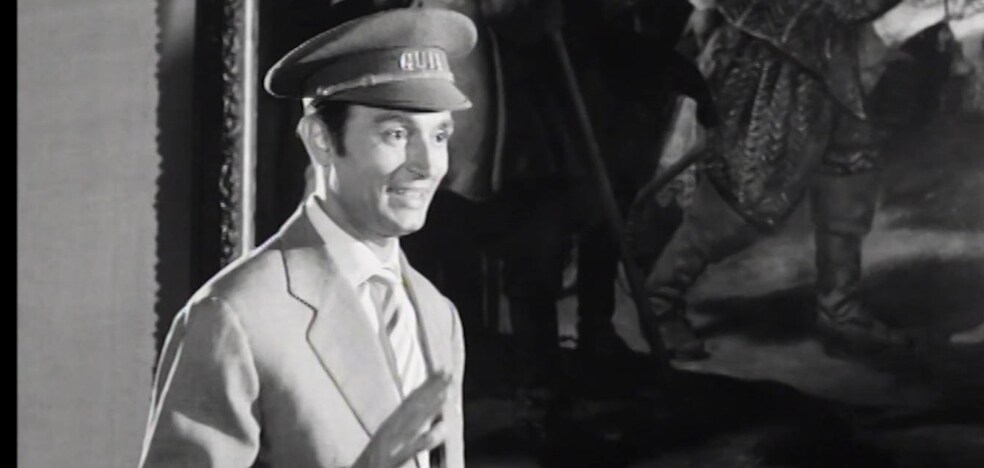The exhibition ‘Carte de Visit. Origins of the Photographic Profession in the Region of Murcia (1860-1910)’ shows how the portrait evolved from the stereotypical image to more natural representations
Those of us who once covered our folders or the walls of the room with posters and liked to look at photo albums, now gossip about the lives of others, via photos on social networks such as Instagram or Facebook. But long before clippings of singers and footballers and sticker collections, our ancestors had a penchant for exchanging and preserving portraits of relatives and popular people such as kings, politicians, soldiers, writers, actors and even circus performers.
This practice has been called cartomania by some authors and more can be learned about it thanks to the exhibition ‘Carte de visita. The Origins of the Photographic Profession in the Region of Murcia (1860-1910)’, which will be in the General Archives of the Region of Murcia until September 26. The exhibition is based on the work of UMU researcher Asensio Martínez Jódar and represents a journey back to the beginnings of photography and all the changes it has undergone. His work is also included in a book of the same name published by Tres Fronteras for sale in the Archives and on the Internet.
As the author explains, the title “Carte de Visite” refers to business cards, a photographic format patented in 1854 by Parisian photographer André Adolphe Eugène Disdéri. This invention enabled the generalization and expansion of paper photography around the world. The reduced size of approximately 60 x 90 mm – ie the size of the cards we use today – made it possible to obtain 6 to 12 images with a single negative. The main advantage is that this method reduced the cost of creating a portrait as it was divided by the number of copies. The invention was a resounding success and was adopted by almost all photographers of the time.
It was the middle and urban classes, that is, the bourgeoisie and the nobility – since workers, peasants and merchants rarely made portraits – that favored the “appearance of new social uses associated with photography”. Among these, the collection of images spread. As trading cards, exchanging portraits between friends and family soon became fashionable. This practice led to the hoarding of portraits, which was directly related to the appearance of family albums. “They were created based on this practice and it was intended as a storage solution in light of the large number of images that bourgeois families came to collect,” the author says in his book, explaining that “they were collected in the same way as well, in business card format, cityscapes, monuments and works of art».
«The photo album actually worked in the same way as current social networks. Browsing through it, you could easily guess aspects related to the life and personality of the owners, who wanted to pass them on to the authorized viewer,” he explains. In this way it was easy to identify in which social circle their owners moved.
Itinerant photographers made business card portraits possible, as the first in the Murcia region dedicated to this trade did not have stable studios. They were “roving professionals” who “rented private houses where they usually did not have optimal lighting conditions”, forcing them to improvise.
These photographs were characterized by the presentation of portraits in which great importance was attached to “the pose, the clothing and the elements accompanying the sitter: pedestals, columns, balustrades, curtains…”. The aim was to show an “archetypal and stereotypical” image of the model and for this reason, full-body shots were often chosen, where the elements to be accentuated were better noticed.
It should be noted that the procedure for taking pictures, using wet collon negatives, took a few seconds to capture the image, so the poses had to be comfortable and stable. However, there were differences between the poetry of men and women. They were in front of the camera with “open body schemes, telling us about characters living behind closed doors”; they, with more collected poses, showed a totally opposite lifestyle.
The business cards had on the front, the most attractive part, a photographic portrait with the maker’s signature. But the reverse is also important. On that side of the cardboard, the initial reverses were “very simple and limited to stating the photographer’s name by means of an ink stamp or a handwritten note.” Later the seal became more refined.
Business cards, while this was the format that expanded portraits, was not the first photographic procedure to create them. The most common until the appearance and spread of the carte devisite was the daguerreotype. Due to a technique with a complex structure, it was too expensive a product, reduced to a small part of the population.
It was also not the final format, as the success of business cards would not last forever. It was the 1880s that marked the last crisis for this format. “New changes in materials, especially in cards, will continue to explore the idea of luxury and exclusivity, something that looked much better in larger formats,” explains Martínez. The cartons became much thicker, making them larger and not fitting easily into albums. This makes way for other superior formats such as the ‘closet’ –or American map–, the Parisian map, the salon map or the ‘promenade’. The photos start to become exhibition objects that adorn the walls of the houses.
Regional studies were having a good time in the eighties of the nineteenth century. Their fortunes changed in the middle of the next decade, however, and they slowly began to decline due to the rise of amateur photography. “Those who could afford a camera and the materials needed to operate it actually came from the same section of society that went to studios most often.”
Just as the format evolved, so did the aesthetic style of photos. That’s why “photographers and their clients at the end of the century” [XIX] in the search for a closer and more personal language, in which the face took on a great meaning,” says the expert. Basically, with each image we tried to capture more details regarding the personality of the model. The photographers were looking for careful portraits, which led them “to experiment with new narrative means in which light sources and the expression of gestures full of spontaneity, inwardness, melancholy took on great importance.” In addition, color was recovered, applied to all formats, especially through the oil technique. The ‘carte devisite’, stripped of its social value, suffered its final punishment in the early 20th century. The last documented in the research of Asensio Martínez Jódar dates back to 1908.
Source: La Verdad
I’m Wayne Wickman, a professional journalist and author for Today Times Live. My specialty is covering global news and current events, offering readers a unique perspective on the world’s most pressing issues. I’m passionate about storytelling and helping people stay informed on the goings-on of our planet.



